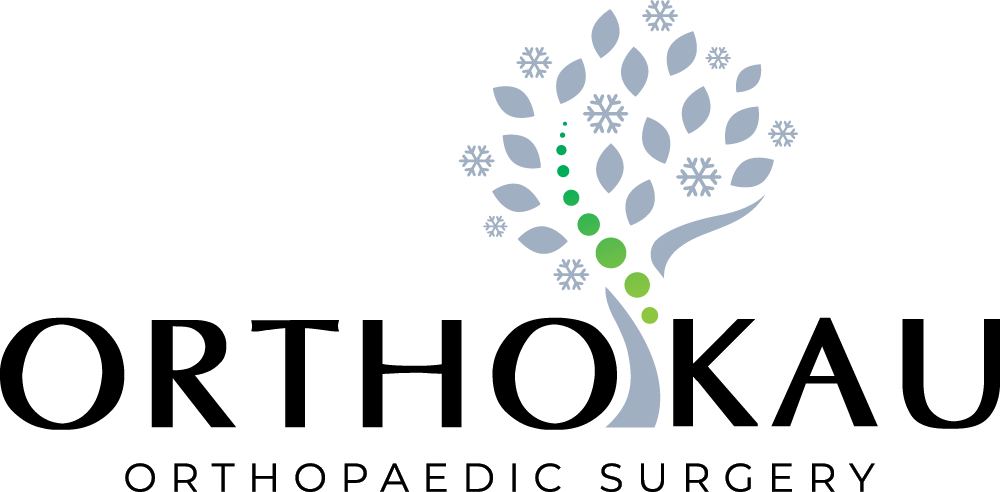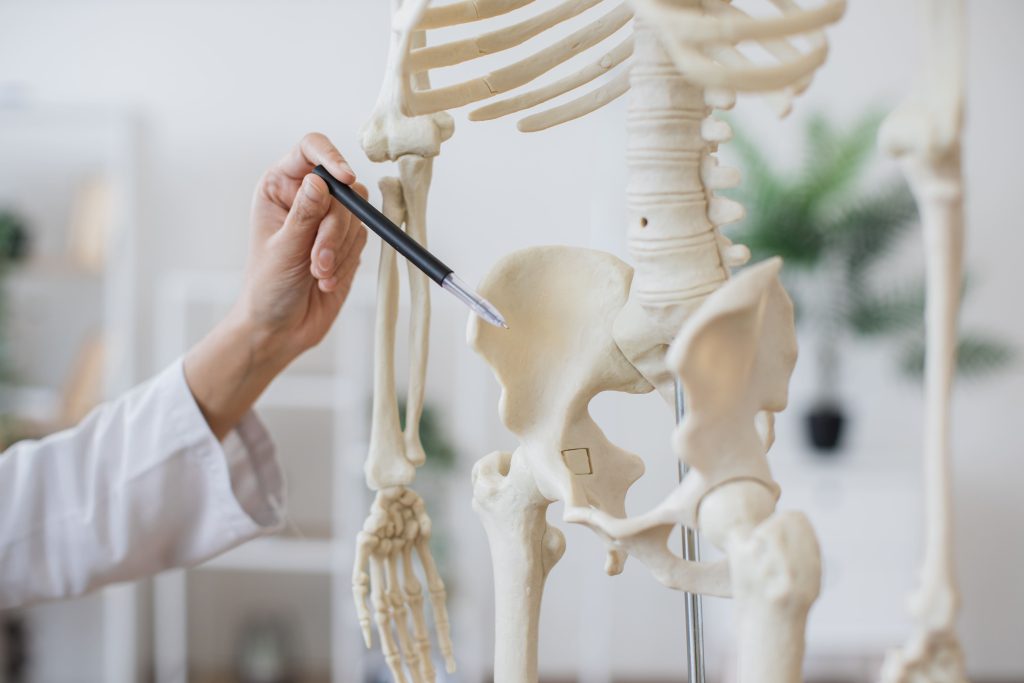Hip Avascular Necrosis: A Comprehensive Guide
Hip avascular necrosis (AVN), also known as osteonecrosis, is characterised by the death of bone tissue due to a lack of blood supply. This condition affects the hip joint, leading to pain and loss of joint function. Early diagnosis is needed for effective management, as the condition can progressively worsen, potentially leading to joint collapse.
Causes of Hip Avascular Necrosis
Hip avascular necrosis (AVN) results from a disruption in the blood supply to the femoral head, leading to the death of bone tissue. Several factors can contribute to this condition, including:
- Trauma: Injuries such as hip fractures or dislocations can damage blood vessels, reducing blood flow to the bone.
- Steroid Use: Long-term or high-dose use of corticosteroids has been linked to AVN.
- Alcohol Use: Excessive alcohol consumption can cause fatty deposits to form in blood vessels, impeding blood flow.
- Blood Disorders: Conditions like sickle cell anaemia and clotting disorders can diminish blood supply.
- Medical Treatments: Radiation therapy or chemotherapy may compromise the bone’s blood supply.
- Other Factors: Certain conditions, including lupus and decompression sickness, can also contribute to the development of AVN.
Symptoms and Early Signs
The onset of hip avascular necrosis (AVN) can be subtle, with symptoms gradually worsening as the condition progresses. Early recognition of symptoms can contribute to timely treatment and halt disease advancement.
- Pain: Initially, discomfort may only be felt when putting pressure on the affected hip, but it can become constant over time.
- Stiffness: The hip joint may become stiff, making bending or walking difficult.
- Limited Range of Motion: As AVN progresses, it may become harder to move the hip, affecting daily activities.
- Groin Pain: Pain might extend from the hip area to the groin, thigh, or buttock, especially when walking or bearing weight.
Diagnosing Hip Avascular Necrosis
Diagnosing hip avascular necrosis (AVN) involves a comprehensive evaluation that includes medical history, physical examination, and imaging tests. Early stages are often detected through magnetic resonance imaging (MRI), which can identify changes in the bone that are not yet visible on X-rays. Advanced cases may appear on X-rays, showing areas of bone collapse or changes in bone shape. Bone and CT scans are also utilised to assess the extent of bone damage and to help plan treatment strategies.
Stages of Hip Avascular Necrosis
The progression of hip avascular necrosis (AVN) is commonly described in stages, which help determine the most appropriate treatment approach. Each stage reflects the severity of the condition and the extent of bone damage.
- Stage 0: There are no visible symptoms or radiographic changes, but MRI might detect early signs of AVN.
- Stage 1: X-rays appear normal, but MRI shows significant bone changes, with patients possibly experiencing mild to moderate pain.
- Stage 2: X-rays reveal slight bone damage or cysts, with increased pain and possible stiffness in the hip joint.
- Stage 3: Significant structural changes in the bone, such as cracks or fractures, are visible on X-rays, leading to increased pain and reduced mobility.
- Stage 4: This final stage involves the collapse of the femoral head and significant arthritis of the joint, resulting in severe pain and limited range of motion.
Treatment Options
Treatment for hip avascular necrosis (AVN) is aimed at relieving pain, stopping the progression of bone damage, and preserving the hip joint’s function. The choice of treatment depends on the stage of the disease, symptoms, and overall health of the patient.
Non-Surgical Treatments
Medications: Pain relievers and anti-inflammatory drugs can help manage symptoms.
- Lifestyle Modifications: Reducing weight-bearing activities to alleviate pressure on the hip and losing weight if necessary can be beneficial.
- Physical Therapy: Exercises to improve range of motion and strengthen the hip muscles can help maintain joint function.
Surgical Treatments
- Core Decompression: This procedure relieves pressure inside the bone to increase blood flow and stimulate healing.
- Bone Grafting: Transferring healthy bone tissue to the affected area can help repair damage.
- Osteotomy: Cutting and realigning bones can reduce stress on the affected bone, delaying the need for a hip replacement.
- Total Hip Replacement: In advanced stages, replacing the damaged hip joint with an artificial one may be the best option to restore mobility and relieve pain.
Prevention and Risk Reduction
While it’s not always possible to prevent hip avascular necrosis (AVN), certain measures can reduce the risk of developing this condition. Focusing on the underlying causes and risk factors is key to prevention strategies.
- Limit Alcohol and Steroid Use: Reducing alcohol consumption and avoiding high doses of corticosteroids can decrease the risk of AVN.
- Address Underlying Health Conditions: Managing conditions such as lipid disorders, thrombosis, and sickle cell disease can help prevent blood flow issues to the bone.
- Healthy Lifestyle: Regular exercise and maintaining a healthy weight support joint health and can reduce the burden on the hip.
- Injury Prevention: Protecting the hip from injuries by using appropriate safety measures during activities can prevent trauma-related AVN.
Conclusion
Hip avascular necrosis necessitates early detection and a tailored approach to treatment. Individuals can effectively manage the condition and maintain joint function by understanding the causes, recognising the symptoms early, and adhering to recommended treatment plans.




